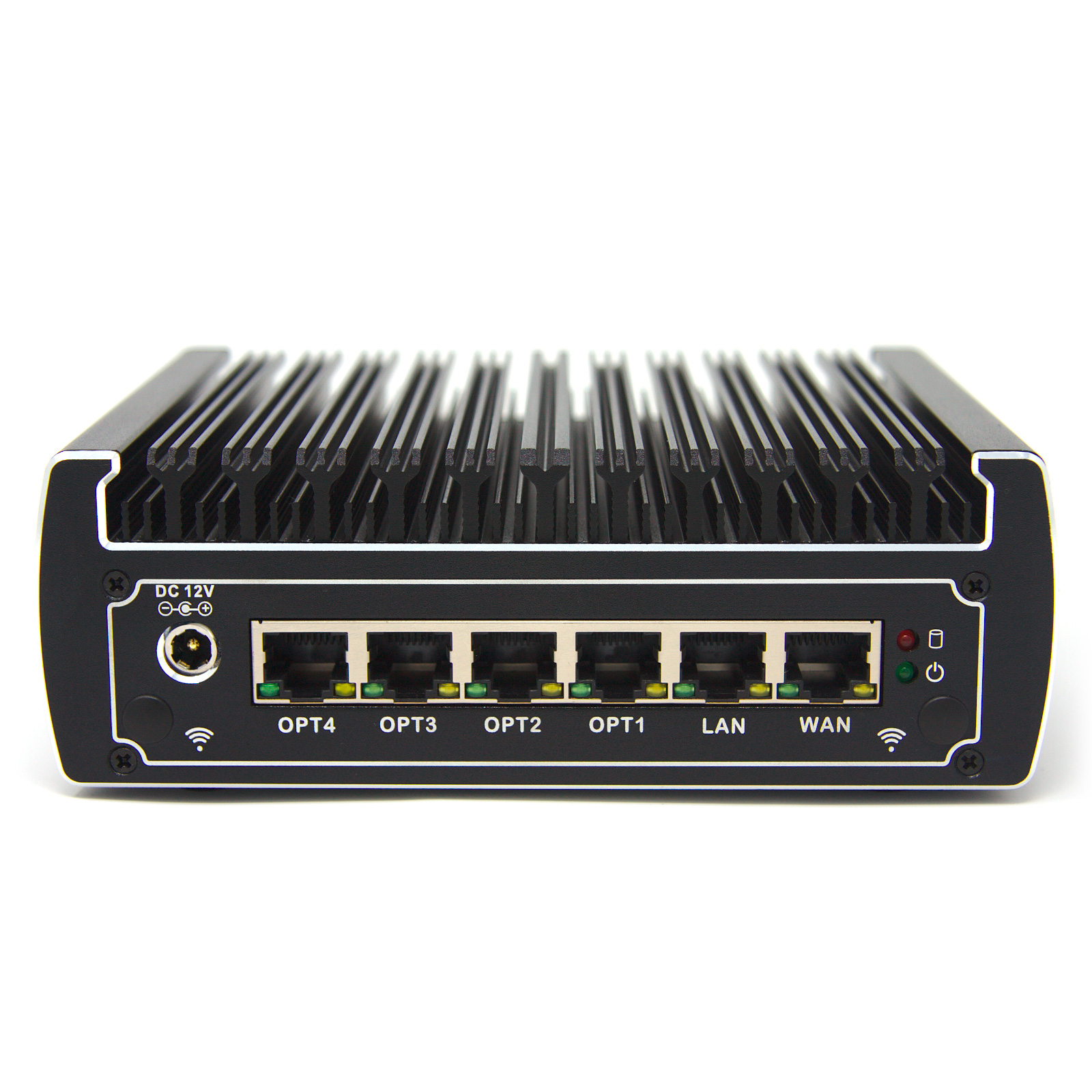Hello!
I initially thought what I wanted was 'standard' and looking at the 3 last pages of this section... it seems 'not really'. So Let's start with the basics:
I don't like cloud things, I don't want to share anything I do at home neither. The only reason my IoT devices would need to connect to the internet would be to update their firmware.
The NVR is the latest addition and I was thinking to do things "the right way".
How would you setup things between my "main lan" where I work and access the internet, the NAS (backups, file sharing, some automated scripts connecting to the internet and doing stuff, movies), the cameras and the NVR (not sure if all on the same separate VLAN, or just the cameras), the Android boxes streaming movies from the NAS and the Home Assistant setup which controls on/off for lighting, some sensors and some servers analytics?
I hope it is not too much, and I definitely am not asking for a complete tutorial. Just some basic guidelines about what to put where and the implications. I do plan on setting up a VPN to remotely access the NVR later I think...
Thank you very much for reading and the pointers you could provide.
I initially thought what I wanted was 'standard' and looking at the 3 last pages of this section... it seems 'not really'. So Let's start with the basics:
- I have a PfSense box, a few Wifi Routers, 1 PoE switch (2+4) ports, some Unify APs, a Dahua NVR 8 channel 4 PoE, 3 (shitty) wifi cameras, a Home Assistant installation with some IoT, 2 android TV devices, a NAS (soon 2)
- The PfSense box can make 3 VLANs, I have other DD-WRT flashed routers eventually?
I don't like cloud things, I don't want to share anything I do at home neither. The only reason my IoT devices would need to connect to the internet would be to update their firmware.
The NVR is the latest addition and I was thinking to do things "the right way".
How would you setup things between my "main lan" where I work and access the internet, the NAS (backups, file sharing, some automated scripts connecting to the internet and doing stuff, movies), the cameras and the NVR (not sure if all on the same separate VLAN, or just the cameras), the Android boxes streaming movies from the NAS and the Home Assistant setup which controls on/off for lighting, some sensors and some servers analytics?
I hope it is not too much, and I definitely am not asking for a complete tutorial. Just some basic guidelines about what to put where and the implications. I do plan on setting up a VPN to remotely access the NVR later I think...
Thank you very much for reading and the pointers you could provide.

